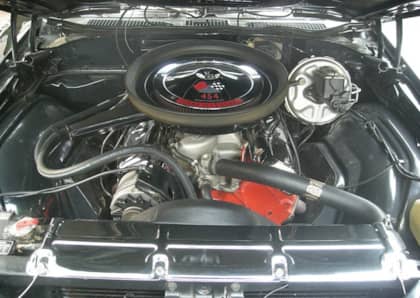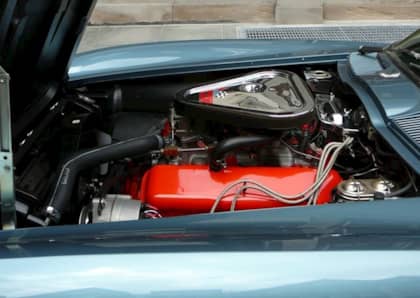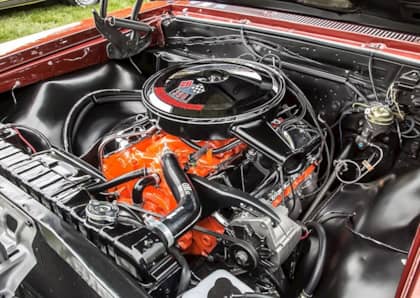The 8.1L Vortec V8 Was GM's Last-Ever Big Block Engine
GM's LS engine platform has stolen the spotlight from nearly every other V8 motor in the company's portfolio, forging a high performance future while almost completely replacing the Vortec line-up of motors that had powered Chevrolet and GMC trucks throughout most of the '90s. And yet in the decade that followed the LS1's appearance on the scene, one particular Vortec soldiered forward to preserve GM's big block heritage well past the turn of the millennium.
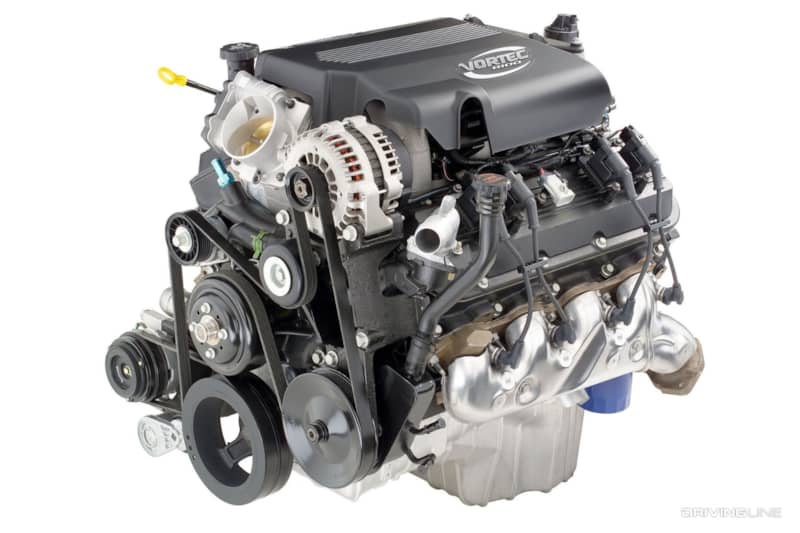
The 8.1-liter V8 was the very last big block to be produced by General Motors. Building on the same basic architecture as the 454 cubic inch motor it would eventually out-live, the Vortec 8.1 (also known as the 8100) represented the final link to Chevrolet's roaring '60s muscle car motors, and claimed the title of the largest passenger vehicle engine to ever wear the Bowtie badge.
Old School Heritage, New School Tech
By the time the 2000s had rolled around, big block V8 engines existed exclusively to offer pickup and SUV owners a high torque alternative to ordering a diesel. With a small, but significant slice of the market interested exclusively in gas motors, and that same crowed typically using their trucks either for towing or in the line of duty at a job site, General Motors needed an engine to push back against the V10 options being offered by Dodge and Ford.
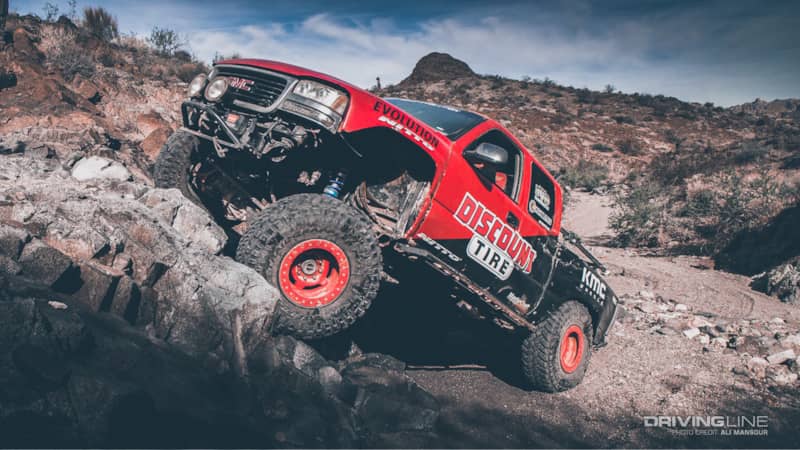
The solution was to turn to its Tonawanda engine plant in Buffalo, New York, and hand it the plans to produce a thoroughly-revised V8 that could push past the already-large 454 cubic inch (7.4-liter) V8 that had long held GM's displacement crown.
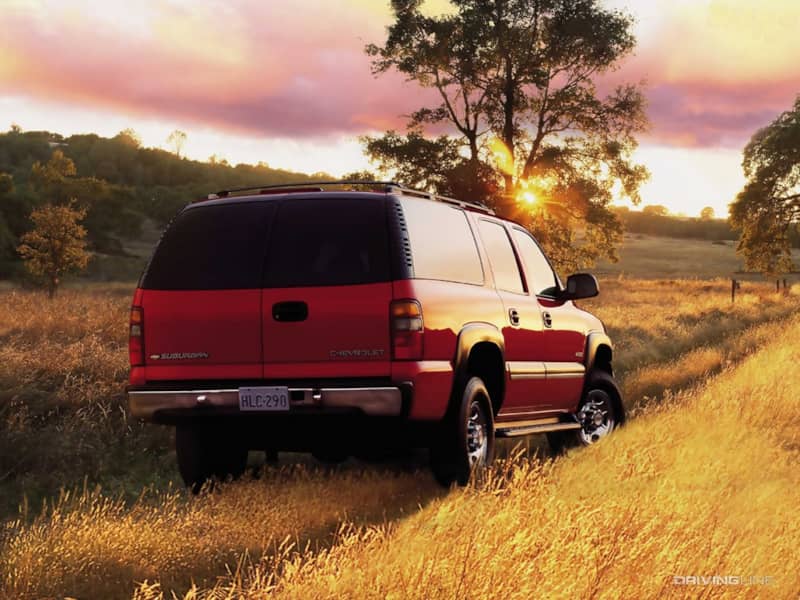
Crucial updates to the Generation VII big block included a 4.37-inch stroke (up from the 454's 4.00-inches), which lead to a 496 cubic inch monstrosity thanks to the engine using the same 4.25-inch bore. Four-bolt main caps, a pair each of short and long intake runners, and evenly-spaced cathedral-like intake and exhaust ports borrowed from the head design of the LS1 worked together with traditional Chevrolet big block valve layout to create a potent and reliable mill that was stress-tested to handle extremely tough operating conditions. The motor was also outfitted with a modern engine control system that was a big step forward from the 7.4-liter's less advanced electronics.
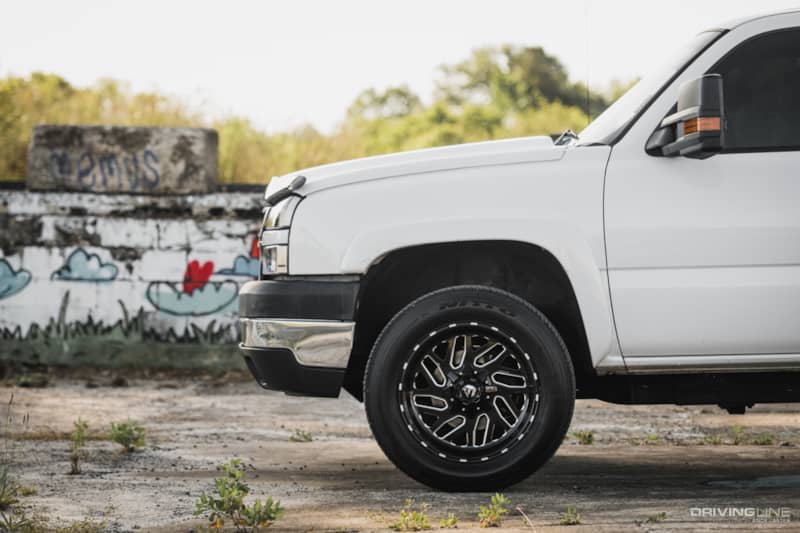
The end result was a big boost in output compared to the 454 (which was put out to pasture soon after the 8.1's appearance). When found in 2500/3500 series pickups and vans (as well as Avalanches, Suburbans, and Yukons) it offered a generous 340hp and 455 lb-ft of torque, a whopping 50 more ponies than the older 'Rat' big block and competitive with its 10-cylinder rivals. It also fell within 50 lb-ft of the Duramax diesel engines available from GM at the time. Torque arrived as early as 1,200 rpm, with a narrow rev window closing around 4,000 rpm, which was perfect for almost every towing or hauling application.
Cheap To Boot
A big boost to the 8.1-liter engine's popularity came from the fact that it was so much cheaper than a Duramax at the time, checking in as an $850 option or nearly 6 times less than a comparable diesel motor in the same truck. General Motors didn't restrict the Vortec 8100 to just the its full-size pickups, vans, and SUVs, either. It also made sure that the motor could be ordered across its medium duty commercial truck line-ups, recreational vehicles, as well as its marine division (with Navistar also building a version of the 8.1). In some tunes, the engine was good for a whopping 550hp and 690 lb-ft of torque, thanks to the relative lack of emissions controls required for powerboats
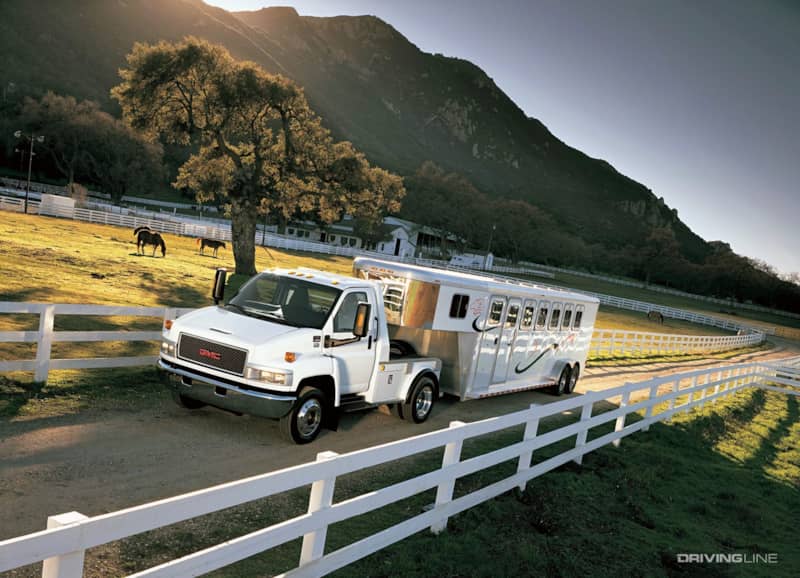
Still, the big block party couldn't go one forever. Things had changed rapidly at GM on both the gas and diesel side of the equation, and with a 6.0-liter version of the LS V8 offering 360 horsepower and 380 lb-ft of torque while crushing the Vortec 8100 in terms of fuel economy (9-mpg city / 11-mpg highway), Chevrolet and GMC both decided to drop the large displacement engine in heavy duty trucks after the 2007 model year.
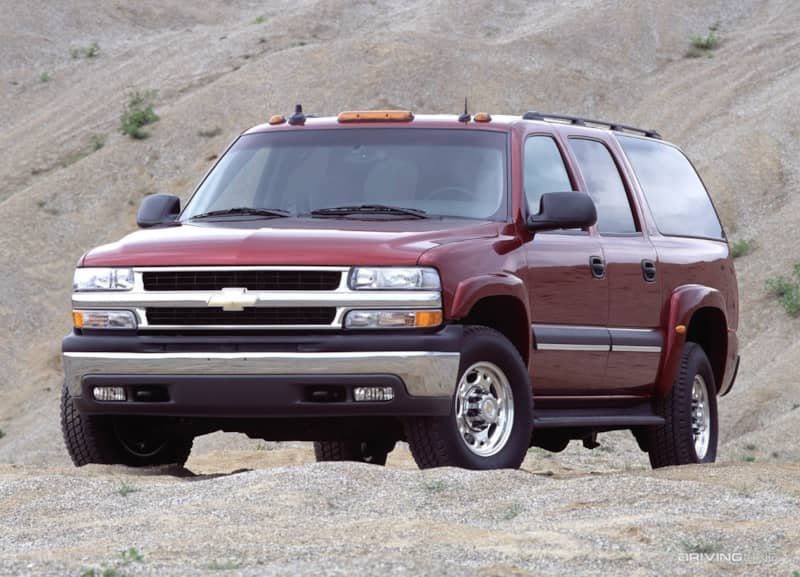
GM also shifted its towing and commercial strategy completely towards turbodiesels in the same period. Although the 8.1-liter gas motor had been able to keep up with the 6.6-liter Duramax V8 in its early years, by 2006 the turbodiesel had jumped to a startling 650 lb-ft of torque, giving it a nearly 50 percent advantage over the Vortec. At that point it only made sense for serious workhorses to take the turbodiesel plunge.
Performance Potential
Today, the 8.1 big block presents an intriguing option for hot rod builders and truck owners seeking a drivetrain that's different from the now-common LS V8. Whether you've already got an 8.1 in your rig or you're considering a swap (made simpler thanks to shared mounts and bellhousings as other Chevy big blocks), there are a number of aftermarket companies providing aluminum heads, stroker kits, camshafts, and intakes specifically for the 496 cubic inch motor.
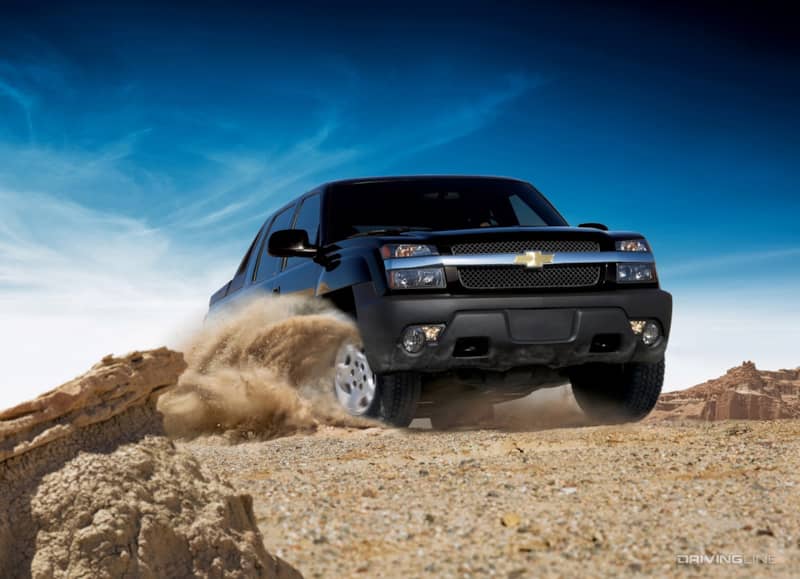
While not offering quite as deep a bench as the LS, the shared technologies between these two designs as well as the similarities with older Chevrolet big blocks, help make the 8.1 Vortec an inexpensive choice for a torque-monster project.




